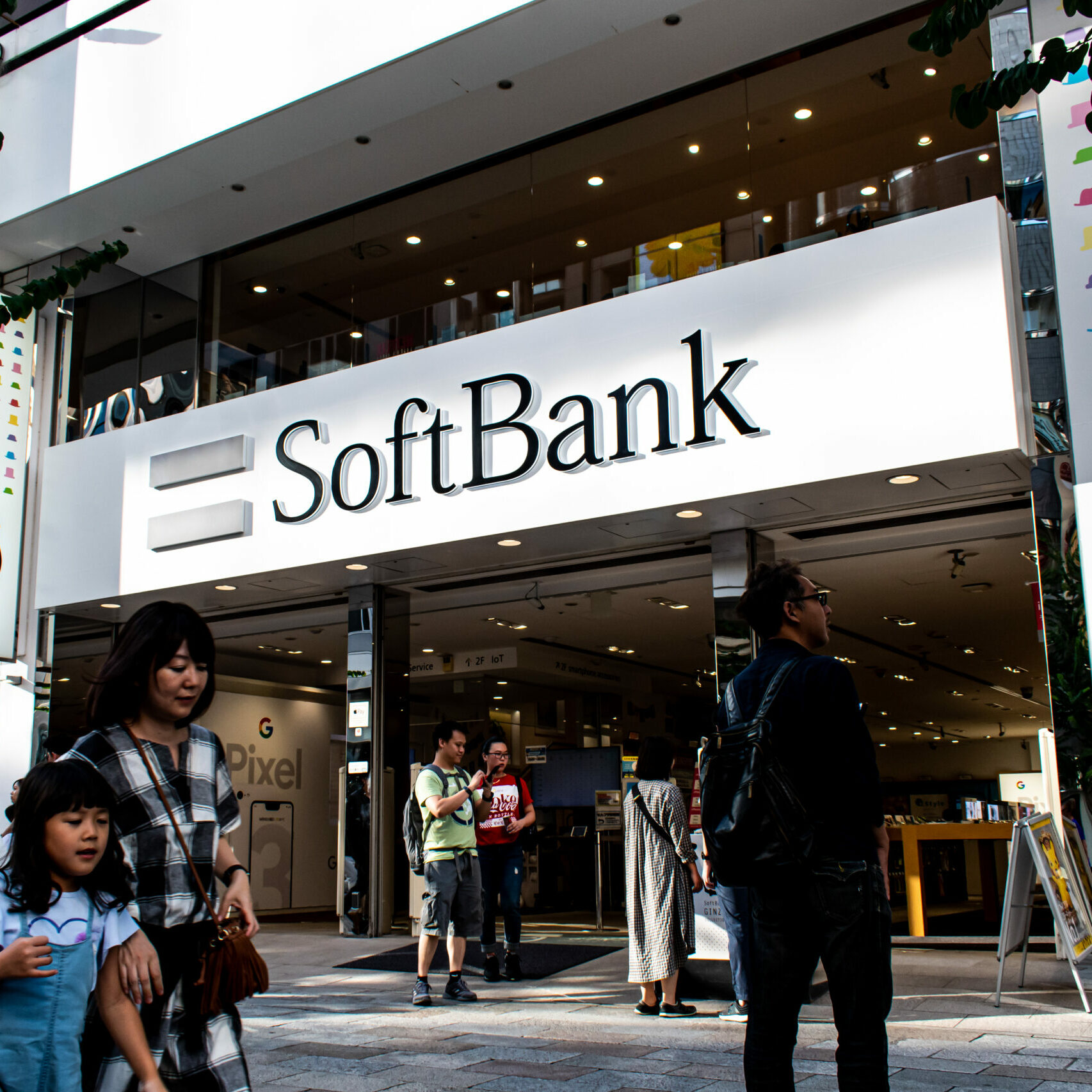Some limited partners are arguing for a more tailored approach from regulators, but new rules on transparency will also help to make underlying pension holders more comfortable with the asset class in the long-term…
Some limited partners are arguing for a more tailored approach from regulators, but new rules on transparency will also help to make underlying pension holders more comfortable with the asset class in the long-term…
Private equity firms’ reputation used to be wholly dependent on the returns they delivered to their LPs, but this is no longer the case. A recent LP survey from Edelman, which received 400 responses from across Europe and the US, revealed overall returns as only the fourth most important factor in trusting a GP, behind transparency, reputation, and having a good quality leadership team.
In the US, the SEC is calling for improved protection of LPs after it found certain GPs fail to seek consent for conflicts of interest; fail to seek consent until after a transaction occurs; and fail to provide complete information to LPAC members. It also wants to see more “fairness of opinion” for LPs during the valuation process of a GP-led secondary deal. If approved, will the changes increase the level of trust between LPs and their GPs?
In a survey by Private Equity Wire in May, only a third of respondents believed the level of trust from LPs in their GPs had increased over the past five years. Around 20% said it had decreased.
“Private equity’s historically smaller size in Europe has meant it hasn’t drawn as much attention from regulators here in the past, compared with what we’re currently seeing in the US,” says Jessica Gill, director, private capital, Edelman.
“While pension funds may have previously only allocated a small percentage of their portfolio to private equity, this percentage has steadily risen over the past few years, and the onus is increasingly on the LP to justify and show a clear understanding of where exactly the money is going.”
LP demands
UK pension fund Nest, a £24 billion pension scheme representing around a third of the UK’s total workforce, recently announced that it estimates it will have at least £1.5 billion in PE investments by early 2025 and has set itself a longer-term allocation target of 5% of its portfolio. Head of private markets, Stephen O’Neill, says: “We need regulators to produce more tailored regulation in PE which is adapted for different types of LPs – or, at the very least, regulation which distinguishes between institutional and individual types of investors.”
Other forms of regulation, such as the live debate concerning the UK government’s 0.75% charge cap which looks to protect pension holders in DC schemes from high fees in private equity, have limited some allocation to PE from pension funds, causing schemes to argue against the government’s influence on pension asset allocation decisions. O’Neill says that, while returns are important to Nest, other factors are also high on the agenda. “We especially require sufficient investor protection, as well as liquidity provisions, that protect us since the nature of defined contribution schemes means there is inherent uncertainty about how much money will be accessible on a given day,” he says.
According to a large US pension fund, the biggest issue facing LPs in terms of a GP’s transparency is the generic nature of information which is shared by the big PE houses, which often isn’t relevant to the broad range of investors entering the asset class. The pension fund wants to see appropriate regulation according to investor status rather than a blanket approach. Smaller and mid-sized LPs have complained privately that larger LPs sometimes receive preferential treatment from GPs. Representatives at the Los Angeles Fire and Police Pensions and Los Angeles City Employees’ Retirement System have been cited in reports calling for full disclosure of different or preferential treatment to all other LPs. They proposed full transparency in order to increase confidence in GPs and avoid investors from being treated differently. While sounding ideal in theory, it might be more difficult in practice. The unnamed US pension fund believes that GPs will always dedicate more time to the clients who are larger (and therefore more valuable to them).
LPs are also increasingly holding their GPs accountable and increasing demands with regards to ESG and diversity, with some US LPs now sending separate diversity and inclusion surveys to GPs. But it has typically been institutional investors, rather than private wealth and family offices, that have led the calls for more transparency here. Nevertheless, the SEC is expected to increase its focus on ESG regulation and climate risk disclosure in the coming years.
The definition of ‘transparency’ has expanded in the past five years and continues to broaden from the perspective of LPs as more money moves into the asset class.
Increased regulation looks to be an inevitability as the asset class continues to experience growth. “If you’re a pension fund looking to invest more in private equity, one way to make your stakeholders comfortable with this is by showing you’re working with well-managed firms, and regulation, like ESG and DEI, is a component of that process” says Edelman head of capital markets for EMEA, Alex Simmons. Gill adds: “Investors may want more regulation because of something more nuanced than regulation for regulation’s sake; it legitimises the asset class.”
The latest Global Private Equity Barometer report from Coller Capital, a global investor in the private equity secondary market, shows that 59% of LPs believe that the PE industry will be forced to self-regulate in the coming years, due to mounting societal pressure from investors and increasing demand for the asset class. This is not the first attempt that has been made to regulate the industry more on behalf of LPs. Since the launch of the Institutional Limited Partners Association’s (ILPA) template on fees disclosure in January 2016 to promote more standardised reporting and better practice across PE, the association continues to advocate for greater regulation and transparency in PE. This template has been adopted by over two thirds of LPs as of December 2021.
The ILPA has been working closely with the SEC as it prepares to issue a final ruling and provided the following statement when asked about the template: “We are pleased to see that adoption has increased in the years since its release in 2016. However, we continue to believe that the state of reporting can be improved; consistent, detailed cost disclosures are not yet universal across the private equity industry”. ILPA confirmed it has “no formal plans to evolve or amend the template” but is in “ongoing, active dialogue with both LPs and with end users, (i.e., GPs, fund administrators and technology providers) about opportunities for enhancement and clarification in the future.”







